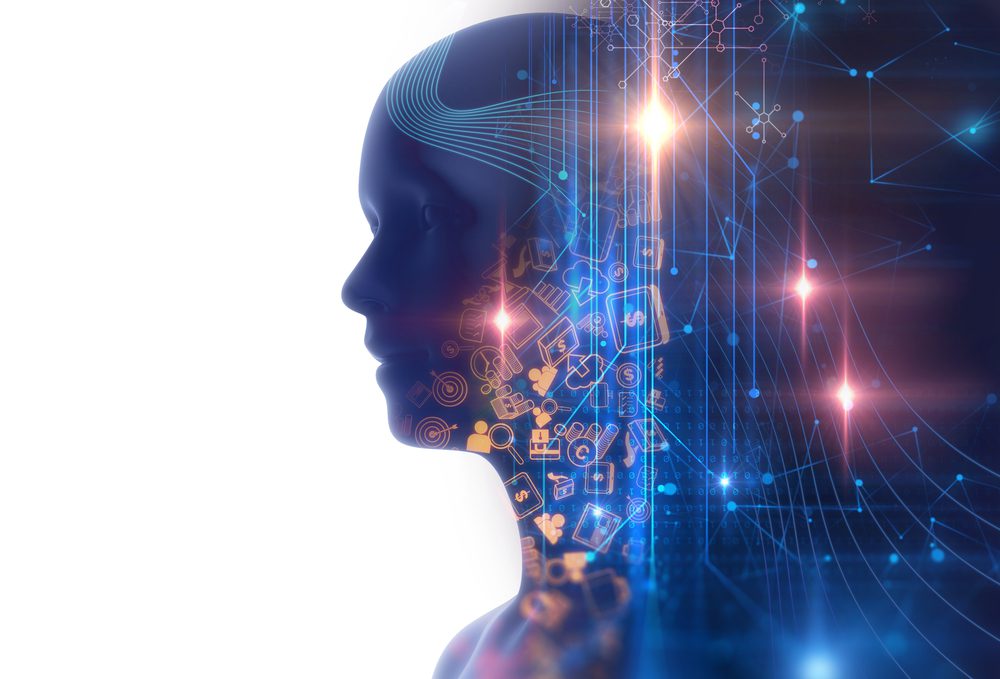The upcoming changes to the manufacturing industry look to focus more on the use of AR and intersects with robotics and drones to create more effective processes.
The technology offers the possibility of collaborating with those located in other areas or remotely to troubleshoot problems or access instructions located elsewhere in the factory, without leaving the area in which they are working.
AR looks to make huge waves in the manufacturing sector but is still in a relatively early stage of capability. Due to the real world standards that are required alongside stringent safety regulations, the technology must meet significant standards required in the industry. The AR systems must still allow workers a full range of visions, be highly durable and tough and maintain a long battery life.
Future-proofing
Although this is a phrase that has been thrown around a lot recently, it certainly rings true for businesses such as manufacturing which rely on keeping up with new technologies to remain competitive. With 65% of jobs of the future still not even created, educators and employers worldwide are now having to think further forward than ever before.
The perspective of 50% of people working remotely by 202 teamed with an on-demand gig economy that yearns for diverse skill sets has boosted the requirement for individuals with a wide variety of skills which cannot be obtained through a traditional career path and doing ‘one-job’.
Static and classroom-based learning has proven to be ineffective in the manufacturing industry when trying to drive a diverse skill set. Simulations and the use of AR allow individuals to undertaken ‘in-moment’ learning which uses visual components to interact with products and machinery to understand possible actions or remedies for problems.
The capability to aim a phone or headset at a product or piece of machinery and be able to receive direct training in line with that object or problem opens up a wealth of independent learning capabilities. This approach to training means that individuals who come across a problem whilst working alone or remotely can still get reliable and bespoke advice, which can reduce accidents and problems arising as a result of incomplete knowledge. It also merges with experiential learning which has proven to see much higher absorption rates of information, compared to text and videos in a classroom environment.
Improving time management
Spending time searching and reading through instructions can slow the process of actually undertaking the repair or installation process. Through the use of AR technology, this process can be streamlined and technicians will be better able to see the steps and process rather than interpreting how the text is instructing them through the process.
Through using AR, visual tutorials can be overlayed onto equipment, more effectively and quickly showing the technician what needs to be done. This should improve the efficiency of installing, fixing and repairing devices alongside creating more effective learning experiences that create a lasting impact.
Overall, manufacturing companies should be looking to move swiftly into the future by working with training providers, like Mda Training, to create bespoke learning solutions for the technicians. The capabilities to excel beyond competitors, improve the speed and quality of internal repairs and installations and increase the potency of learning are all necessary to be able to excel in the manufacturing sector of the future.
















